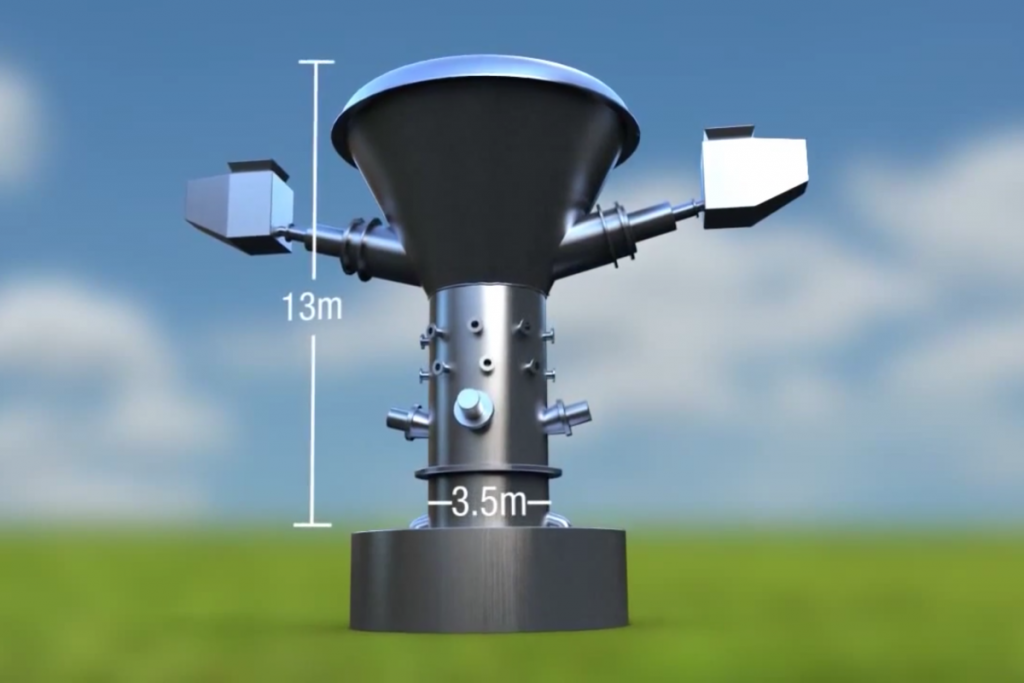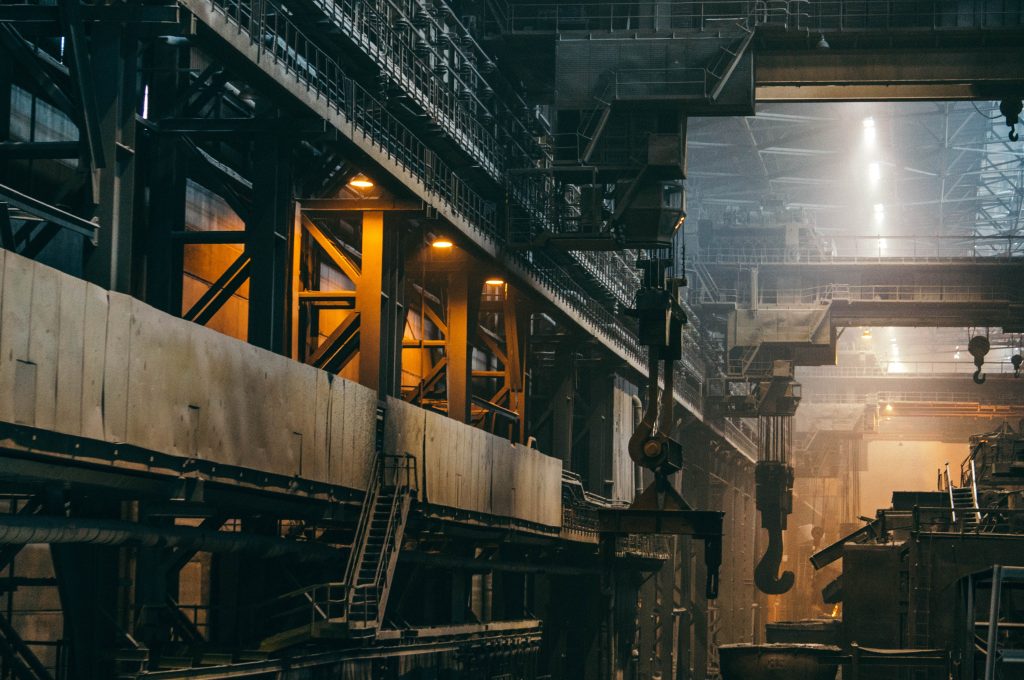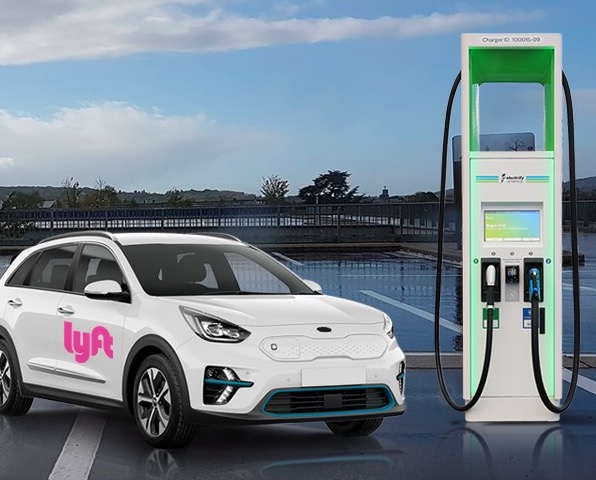To: The Impact Readers
Hello 🤠
Miss us this Monday?
It has been a busy week full of awesome sustainability news and updates. We wanted to make sure we compiled all this information into today’s newsletter to help deliver the best reports we’ve written up over the past few days.
In fact we are feeling all the more positive about the trajectory of the market, with more capital than ever available to help save our planet – there is no better time to be an entrepreneur.
If you are starting your journey or working on an awesome sustainability project email us so we can highlight you!
In Your Inbox: Pulling water out of air raises $50M; Dirt Cheap Hydrogen Production?; Lyft promising fully electric fleets and more!

Zero Mass Water raised $50M this past week to further the development and deployments of it’s Hydropanels which provide clean drinking water to communities, commercial and industrial properties in over 45 countries.
The round was led by BlackRock, but included Breakthrough Energy Ventures – Bill Gates Fund – and Duke Energy. They plan to use the capital to supercharge their direct-to-consumer sales process and installing outside of North America.
The technology as “a super-absorbent, spongelike material that contains pores of varying sizes.” It uses the solar panel to power a fan to suck air through the material and then extract the water from the air.
The applications for areas without developed infrastructure with abundant humidity could stand to benefit providing localized water production for those communities. The challenge will likely not be upfront cost as the production of such systems might outweigh building a water tower and laying thousands of miles of piping to deliver water to the community.
It actually brings up an interesting conversation around “decentralization” of utilities. Electricity generation and distribution is moving over to microgrids and enabling production of power in regions where power lines may not already exist. Zero Mass Water seems to be providing the starting point for enabling water production to join the “Microgrid” conversation.

SGH2 Energy is making waves for manufacturing green hydrogen. SGH2’s technology is a solution for both climate change and waste management by producing “greener than green” hydrogen from any kind of waste.
Compared to other green hydrogen producers, SGH2’s process displaces 23-31 tons of carbon dioxide (others displace 10-12 tons) and requires only 1.8 kWh per kg of hydrogen (others require 62 kWh per kg of hydrogen). To put it simply, SGH2’s hydrogen production costs are projected to be $2 per kg of hydrogen, which is 5-7 times cheaper than other green hydrogen producers’ and cost competitive with the dirtiest hydrogen. Bloomberg New Energy Finance estimates that clean hydrogen could reduce up to 34% of carbon emissions from fossil fuels and industry.
The city of Lancaster, CA is one of SGH2’s first pilot programs. SGH2 will be building the world’s largest green hydrogen facility in Lancaster, CA. This facility will operate 24/7, 8000 hours a year, producing 11,000 kg of green hydrogen per day, or 3,800 tons of green hydrogen per year – 3 times larger than any other green hydrogen facility. The Lancaster plant will process 40,000 tons of waste annually, and will save the city $50-75 per ton annually in landfilling and landfill space costs.
Other governments are currently revisiting their plans to transition to renewable energy. RenewableUK estimates that renewables could provide more than 75% of the UK’s power needs, which includes an opportunity for clean hydrogen to replace fossil fuels. The European Commission has proposed Next Generation EU, borrowing €750 billion to support the transition to renewable energy, incentivizing an increase in renewable energy projects, including kick-starting a clean hydrogen economy in Europe.
Due to successful smaller scale pilots and the current opportunities, SGH2 is positioned to launch projects all over the world. New construction is poised to provide thousands of jobs, catering to high unemployment rates. SGH2’s design is built for rapid scale, at lower capital costs and does not require much land, compared to solar or wind power.

Europe’s Enel is set to begin developing hydrogen production facilities across the EU to help with the drive to phase fossil fuels out of the market.
Their plan is to begin installing large scale electrolysers at solar and wind farms. This comes at a time when hydrogen is being touted as the future fuel source that will replace natural gas and potentially coal firing plants. Some have compared hydrogen to ESS solutions, but we believe that hydrogen should be compared to natural gas without the subsidies.
Should hydrogen production facilities reach a point where they have the same market penetration as natural gas then we could see hydrogen be similar, if not lower than the cost of natural gas.
Enel will begin with 2 – 3 projects first before they decide if now is the right time to invest into more projects. It all comes down to economics.

On June 17th Lyft announced its commitment to reach 100% electrification across their fleet. This announcement is no surprise given Lyft’s repeated stance towards encouraging carbon reduction efforts across the board.
This is an interesting proposal however…for this to work a number of moving parts need to occur. Either the price of rides are going to increase – call it a carbon tax – for driving in an EV or Lyft will begin to take more out of driver’s cuts when providing them an EV to drive in. It could be a mix of both, but I figure it will be the later as we approach 2030.
Then comes the approval in various other states. The introduction of ride sharing has brought various challenges to cities dealing with the management of how and where ride share can fit into their mobility plans. The challenge is mostly on providing a 24/7 service even if it loses Lyft money. Public transport provides this today and with Lyft naturally taking some of that away it could result in people becoming too dependent on a private company which at any time could shut down operation or refuse rides to customers even if there are no drivers or if it is not affordable.
Why does government approval matter? It is their key to opening more markets in the US.
This whole EV push might be a way for them to pull local government support, get state EV incentives, and significant subsidies to Lyft to help with transport electrification.
Lyft or Uber will likely never replace publicly funded transport. But if they enter from a sustainability angle where the state doesn’t have to invest their tax payers money into a large fleet of EVs it could open up the states that didn’t sign up for the ride share hype early on.
Victoria Beall (@environmentoria) comes on the show and to talk about how I can start living a more sustainable life now. Check out her list of low and zero waste alternatives to the single use products in our lives everyday. It doesn’t cover everything, but we found it’s a great way to take stock of how much plastic is really in your life
Develop your market map of up-and-coming climate startups and market opportunities by subscribing to our weekly newsletter for free.